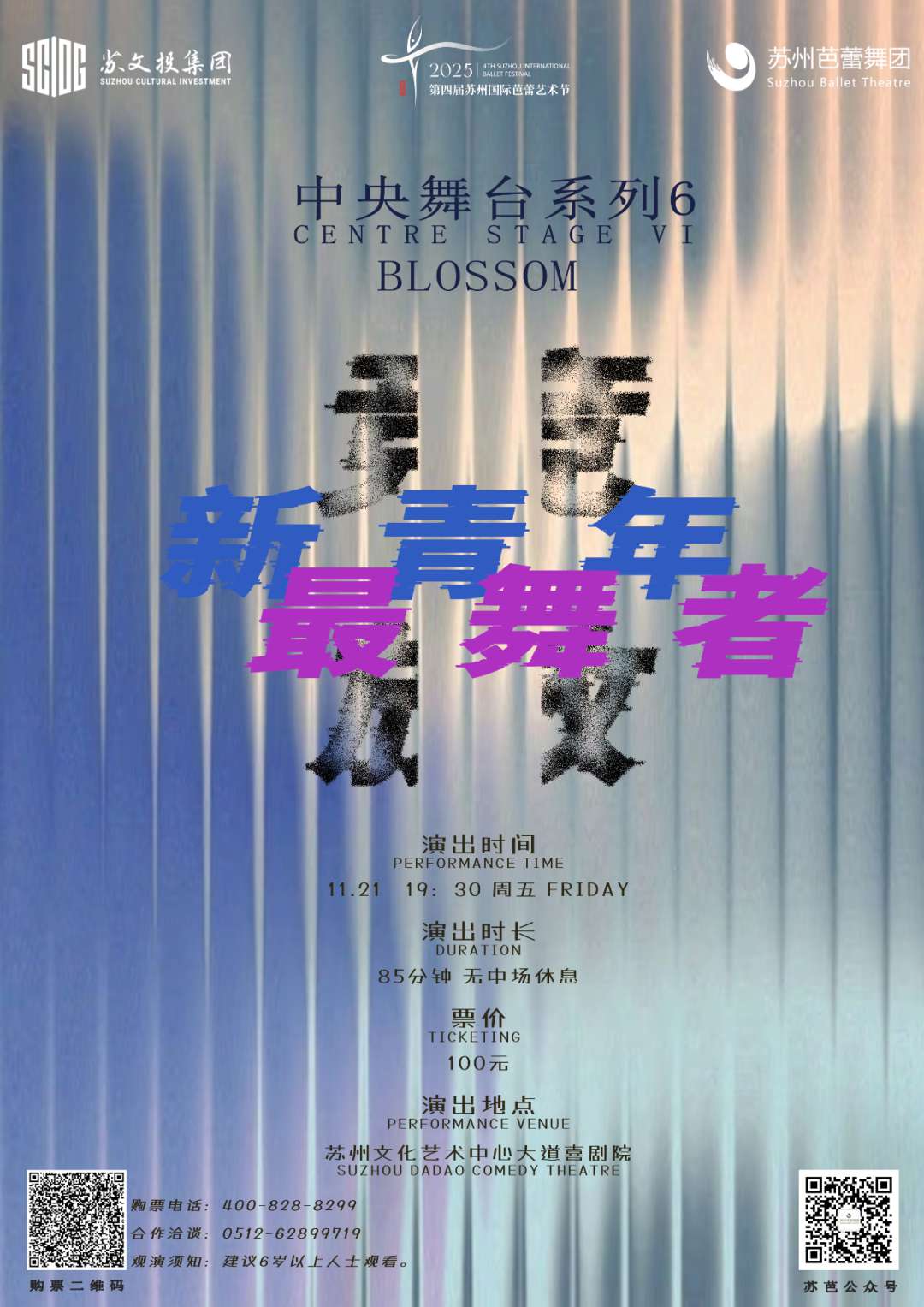This article presents a firsthand account of a ten-day visit to China’s Xinjiang Uygur Autonomous Region, challenging widespread misconceptions and showcasing the region's transformation. Contrary to its image as a desolate and underdeveloped area, Xinjiang emerges as a hub of modern infrastructure, renewable energy, eco-tourism, and cultural diversity. Scenic attractions like Sayram Lake and the Kalajun Grassland rival world-class tourist destinations, while ethnic harmony is reflected in the peaceful coexistence of all ethnic groups. Government-led initiatives in agriculture, livestock, organic farming, and rural entrepreneurship—particularly through cooperative models and youth-led startups—have significantly uplifted local livelihoods. Cultural preservation efforts through museums, heritage centers, and traditional music troupes further highlight the region’s identity. Positioned along the historic Silk Road and hosting global trade expos, Xinjiang is increasingly playing a strategic role in China’s national development and international engagement.

When people think of Xinjiang, many—especially those who have never been there—imagine a barren desert, a remote and underdeveloped region. I, too, held that same perception. However, a ten-day journey through various parts of Xinjiang overturned all my previous notions and expectations.
Though Xinjiang is often regarded as being less developed compared to China’s eastern and southern regions, the region has clearly entered a new phase of development. Its extensive and modern highways, railways, and air routes are evidence of this transformation. From the airplane, I witnessed highways cutting through the desert and vast solar and wind power facilities, which shows how China has turned the desert’s sand into “golden opportunity.” Compared to deserts in many other parts of the world, Xinjiang’s desert and grassland landscape is truly extraordinary.

In and around the regional capital Urumqi—including Bole City, Jinghe County, Wenquan County, and Zhalemute Township—modern tourism infrastructure is on par with that of developed cities. Local governments have launched income-generation programs for ethnic Mongol communities, particularly uplifting farmers' livelihoods. Out of China’s 56 ethnic groups, 47 are found in Xinjiang, and Yining City alone is home to 42 of them, making it a shining example of ethnic diversity, social stability, and religious harmony.
Visits to Tianlai Agriculture and Livestock Farm, the nearby Wolfberry Farm, Tianshan Fruits and Agri-Tech Company, Tuoli town in Jinghe County, and Bogdar Village in Wenquan County provided a window into the daily lives of local farmers. The standard of living and housing conditions reflect the tangible impact of development efforts. The well-regarded Mongolian Hospital in Wenquan County, known for its specialized services even beyond the region, is a testament to how the Chinese government is integrating ethnic identity with modern development. The local museum dedicated to the intangible cultural heritage of the Mongolian ethnic group further affirms this commitment.
Despite the cold weather and sometimes harsh terrain, the focus on fruit farming, industry, and animal husbandry has significantly improved local farmers’ economic conditions. The region’s emphasis on organic agriculture, environmental protection, and sustainability also makes it highly promising for eco-tourism.
In Bortala Mongol Autonomous Prefecture’s southern hills and Ili Kazak Autonomous Prefecture to the south, economic progress is clearly visible. Yining City, with its 42 ethnic groups, can be seen as a “shared garden of diversity.” The city’s historic sites—such as the former residence of a famous military general, the Kazak Cultural Tourism Center, and Liuxing Street—are bustling with domestic tourists and showcase the area's rich cultural heritage.
In Huocheng County, on the edge of the desert, over 10,000 camels are raised by farmers. The Ili Fengcao Dairy Company, along with its large-scale lavender plantations and processing centers, has become symbols of rural prosperity. The government’s role in enabling farmers to become stakeholders through cooperatives is especially noteworthy. Two young ladies have transformed their family-level dairy operations into a startup enterprise, offering a model for youth-led business transformation in remote areas. This dairy startup, in particular, could serve as an inspiration to younger generations globally who are increasingly turning to high-tech and ambitious entrepreneurship.
Nearby in Yining, companies like Xinjiang Uncle & Auntie Food and Ili Gudanpi Agricultural Investment also reflect the region’s future in the agri-business and livestock industries. Sites like the Ili Cultural Park, the Tai Chi Exhibition Hall in Tekes County, and the UNESCO-listed Kalajun Grassland are rapidly emerging as major tourist attractions. I doubt there is another grassland in China or the dozen-plus neighboring countries that matches Kalajun’s stunning natural beauty. Strategically, promoting Kalajun initially in nearby countries would be a smart move.
Back in the capital city of Urumqi, places like the Xinjiang International Grand Bazaar, the Xinjiang Museum, and the Xinjiang Ancient Ecological Park highlight the region’s significance in Chinese and world civilization. Xinjiang was a key hub on the historic Silk Road, and cultural groups like Muqam Art Troupe continue to keep its musical traditions alive. The 2025 (China) Eurasia Commodity and Trade Expo held in Urumqi made it clear that Xinjiang is not only prosperous but also brimming with countless new opportunities.
Xinjiang is a region of surprising transformation—where modern development, cultural diversity, and natural beauty coexist, proving that firsthand experience is far more powerful than perception.
Rajendra Prasad Rimal is a deputy editor at Janata Weekly in Nepal.
Producer: Xiao Chunfei
Supervisors: Ding Tao and Jie Wenjin
Planners: Jie Wenjin and Cheng Li
Reviewers: Cheng Li and Hou Weili
Editors: Gvlzar Mijit and Fan Zixuan
Source :Tianshannet
















 京公网安备
京公网安备